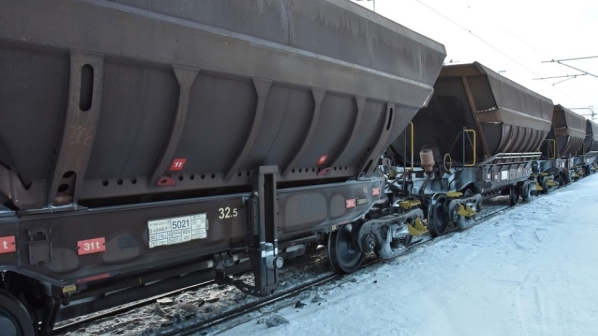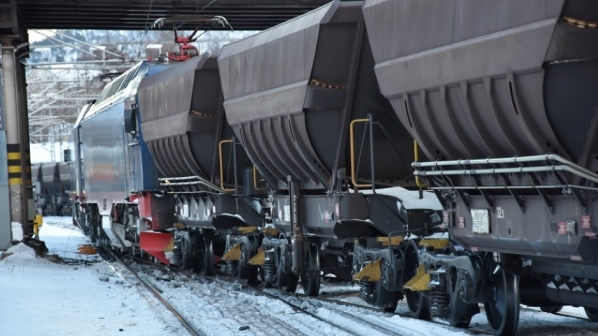The line was upgraded 10 years ago to increase the axleload to 30 tonnes, with the track’s substructure, embankments, bridges and support walls reinforced. Bane Nor says these measures have proved effective, and it has now received authorisation to operate two trains a day with the increased axle load.
Currently, the 30 tonne axleload allows for a maximum train weight of 8500 tonnes, with each of the 68 120-tonne-wagons carrying a 100-tonne payload. LKAB currently operates 11-12 trains a day from Kiruna to Narvik, while newcomer Kaunis Iron operates two trains from Svappavaara, east of Kiruna, to Narvik.
The wagons used for the heavier trains are reinforced with stronger axles and new wheels. Bane Nor has installed monitoring equipment along the route to study how the increased axleloading affects both bridges and embankments as well as the track itself.
The initiative follows a joint study completed in June 2014 by Bane Nor and Trafikverket, which recommended upgrading the Ofotbanen to meet a forecast growth in traffic.

The study showed that demand for iron-ore traffic from mines in Sweden and eventually Finland could require an increase in the number of trains a day from 20 to 44 by 2020, while the number of conventional freight trains was expected to rise from eight to 12-26 a day and the number of daily passenger trains could double from six to 12. The study said that upgrading the line to double track was therefore both necessary and economically viable.
In 2015, Bane Nor completed a project to increase capacity on the 43km Norwegian section of the heavy-haul line, mirroring developments on the Swedish section of the line, which include improvements to allow the operation of 750m-long trains.
The NKr 395m ($US 45.8m) project, which was 30%-funded by LKAB, involved constructing three new 1067m-long passing loops with five new turnouts, a new station platform, resignalling and new catenary.

